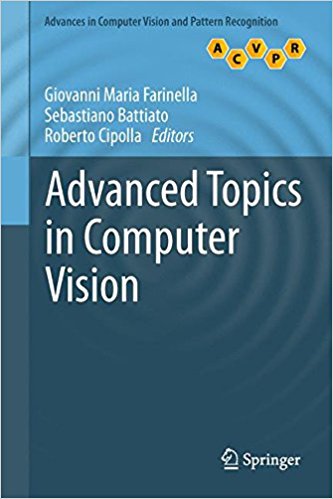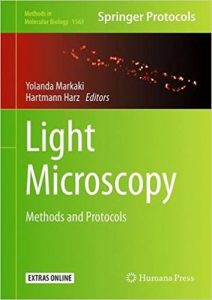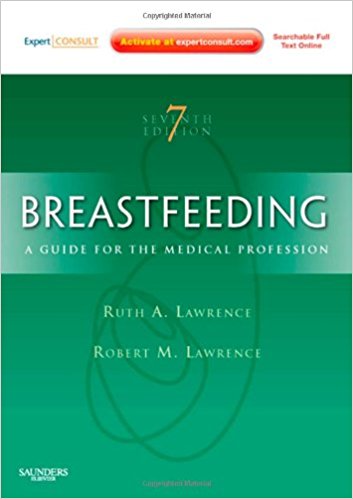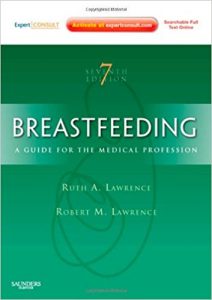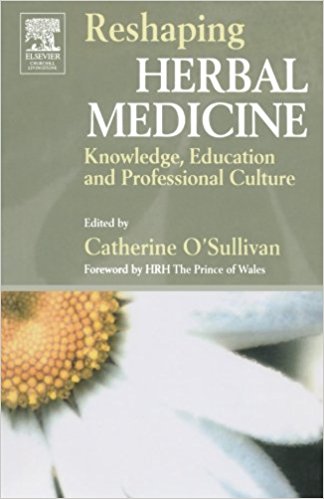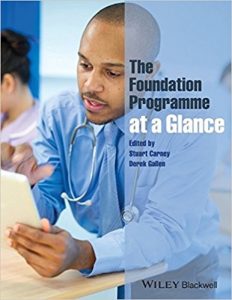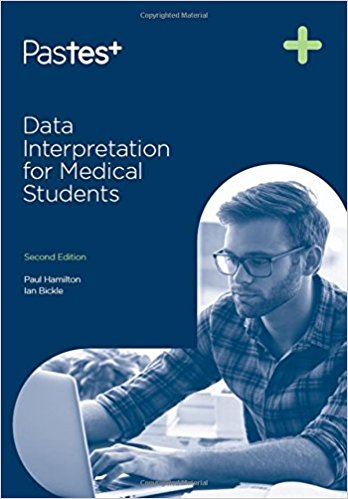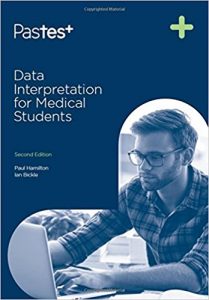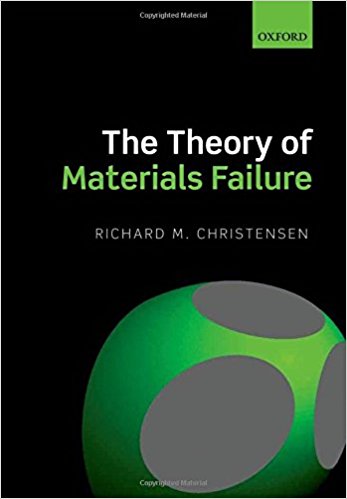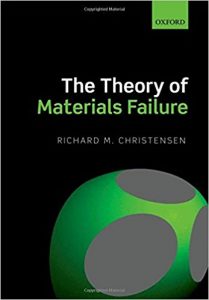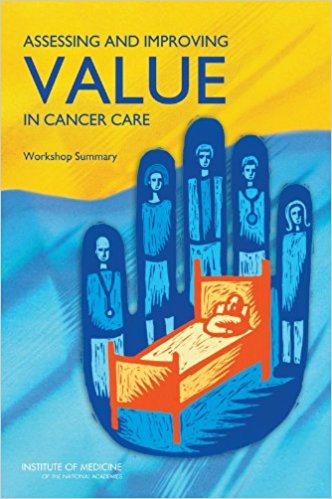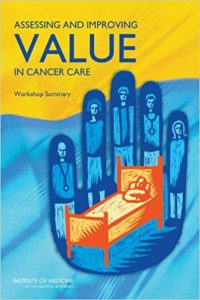Medical Management of Psychotropic Side Effects 1st ed. 2017 Edition
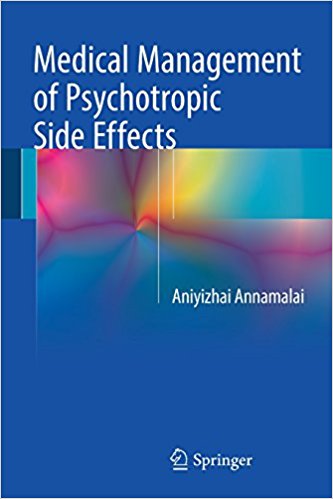

[amazon template=iframe image2&asin=331951024X]
This book is a practical guide for psychiatrists to use when treating patients for medical issues. Over the past 10-20 years, the number of medications prescribed for psychiatric illnesses has steadily increased, and psychiatric practitioners are frequently called upon to manage medical issues and side effects that result from psychotropic treatment. Covering a wide range of conditions from thyroid disorders to cardiac disease, this book is a helpful resource for understanding common adverse medical effects that occur when psychotropic drugs are administered. Presented in a practical format, each chapter discusses management of a particular medical problem or side effect and then provides a summary and flowchart of the major points highlighted in that chapter. Each chapter contains an overview of key medications causing a particular side effect. The book also includes special topics such as psychotropic prescribing in medical illness and tips on electrocardiographic interpretation. This easy-to-reference book aims to bridge the gap between medicine and psychiatry by elaborating on medical conditions seen in routine outpatient psychiatric practice. It serves as an invaluable tool for mental health providers, nurses, health educators, and pharmacologists alike.

